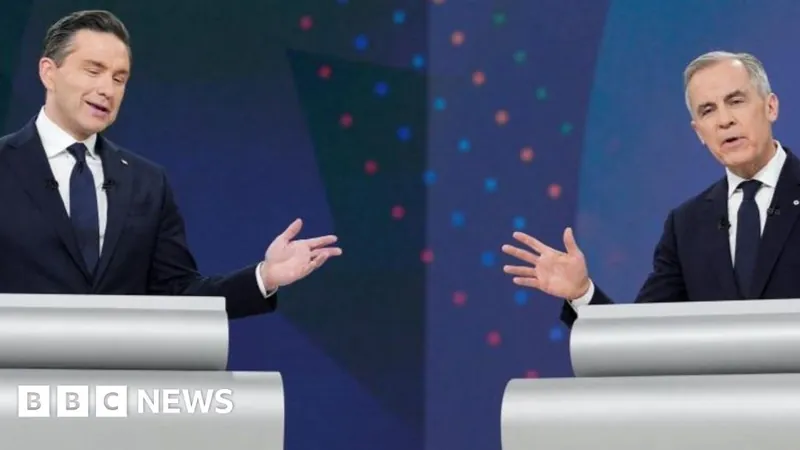
5 Key Highlights from the Canada's Dramatic Leaders' Debate
2025-04-18
Author: Charlotte
Canada's Party Leaders Go Head-to-Head
In a high-stakes showdown, the leaders of Canada’s four major federal parties faced off in their second and final debate ahead of this month's general election. While the debate aimed to illuminate crucial issues, much of the attention diverted to off-stage commentary from none other than U.S. President Donald Trump.
Mark Carney Under Pressure
As the leading candidate in the polls, Liberal leader Mark Carney found himself under intense scrutiny from Conservative leader Pierre Poilievre, NDP leader Jagmeet Singh, and Bloc Québécois leader Yves-François Blanchet. Despite being relatively new to the prime ministerial role—having only been in office for a month—Carney had to defend his party's record, particularly against accusations of failing to tackle housing costs and living expenses.
Shadows of Trudeau Linger
Carney's opponents relentlessly invoked the legacy of his predecessor, Justin Trudeau. Poilievre called attention to what he described as the "lost Liberal decade," pushing Carney to justify how he differs from Trudeau. Carney reiterated, "I am a very different person than Justin Trudeau," attempting to separate his candidacy from the previous administration's controversies.
Navigating Trump Tariffs
With tariffs from President Trump looming large in discussions, the leaders addressed how they would negotiate with the U.S. While Canada's previous stance focused on implementing "dollar-for-dollar" tariffs in retaliation, Carney acknowledged that the U.S. economy is vastly larger than Canada’s, suggesting a shift towards more strategic, targeted tariffs to minimize damage to Canada.
Diverse Visions for Canada’s Future
Beyond Trump’s influence, the debate unveiled contrasting visions for addressing various national issues. Poilievre advocated for a low-tax, small-government approach, while Singh pushed for expanded social programs like dental and pharmacare. Carney maintained a centrist stance, emphasizing the government's potential catalytic role in economic growth.
Third Parties Struggle for Relevance
In Canada’s multi-party system, the smaller parties, including the NDP and Bloc Québécois, are fighting for their political survival. Singh’s NDP is currently polling at a mere 8.5%, risking a significant reduction in seats. Interjecting points during the debate, Singh endeavored to rally support from left-wing voters, while Blanchet focused on concerns specific to Quebec.
With polls showing a preference for a two-party race between the Conservatives and Liberals, the future of Canada’s political landscape hangs in a delicate balance as the general election approaches.

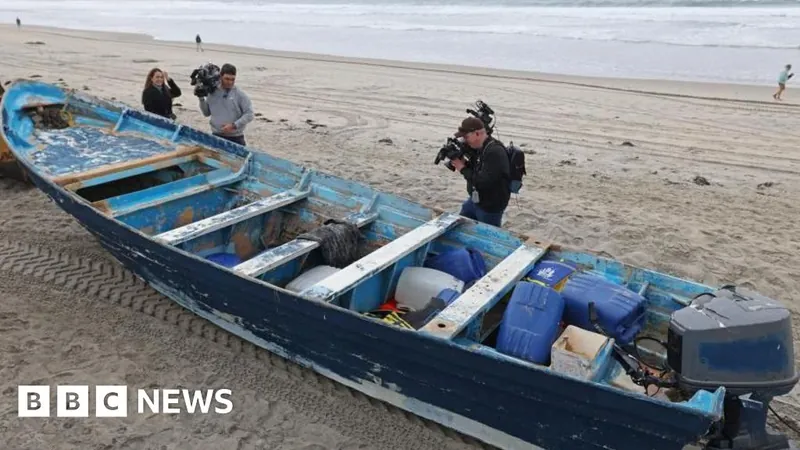

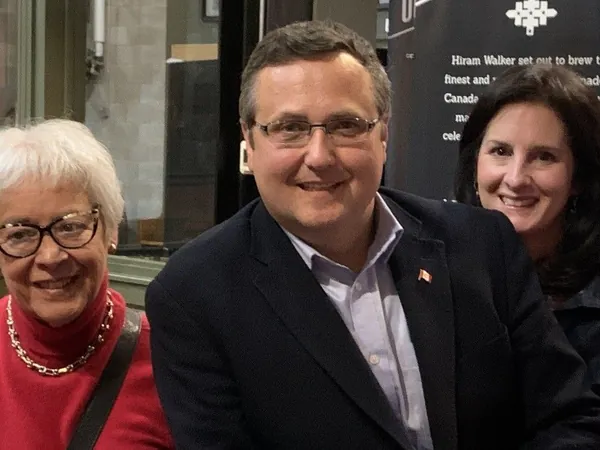
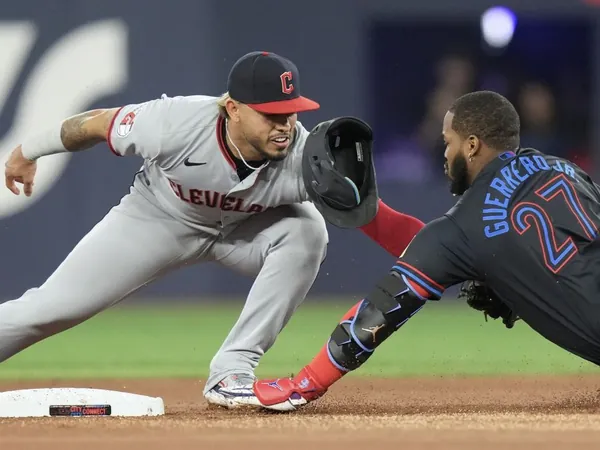



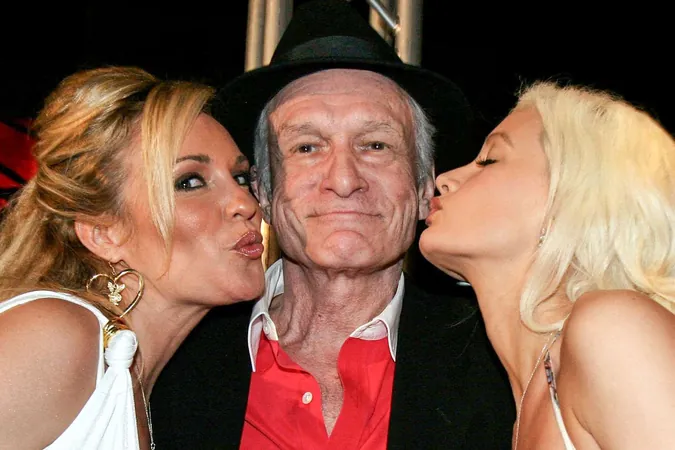
 Brasil (PT)
Brasil (PT)
 Canada (EN)
Canada (EN)
 Chile (ES)
Chile (ES)
 Česko (CS)
Česko (CS)
 대한민국 (KO)
대한민국 (KO)
 España (ES)
España (ES)
 France (FR)
France (FR)
 Hong Kong (EN)
Hong Kong (EN)
 Italia (IT)
Italia (IT)
 日本 (JA)
日本 (JA)
 Magyarország (HU)
Magyarország (HU)
 Norge (NO)
Norge (NO)
 Polska (PL)
Polska (PL)
 Schweiz (DE)
Schweiz (DE)
 Singapore (EN)
Singapore (EN)
 Sverige (SV)
Sverige (SV)
 Suomi (FI)
Suomi (FI)
 Türkiye (TR)
Türkiye (TR)
 الإمارات العربية المتحدة (AR)
الإمارات العربية المتحدة (AR)